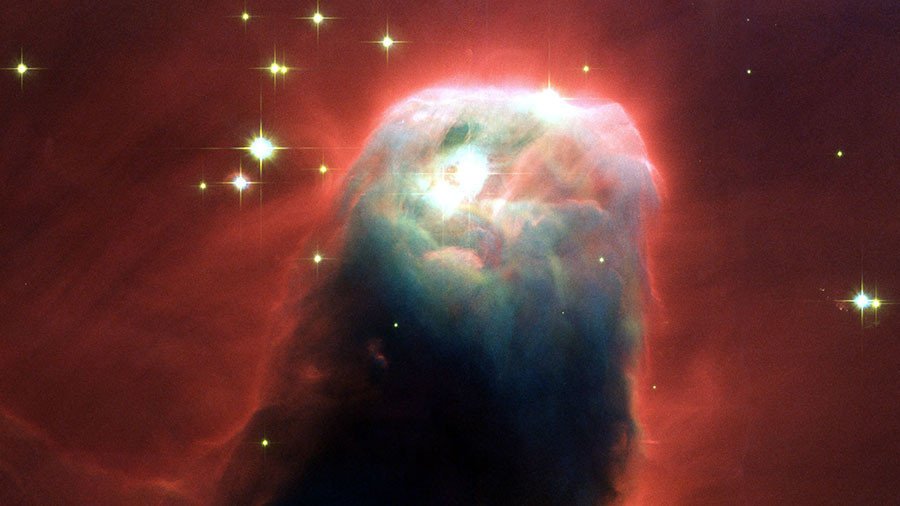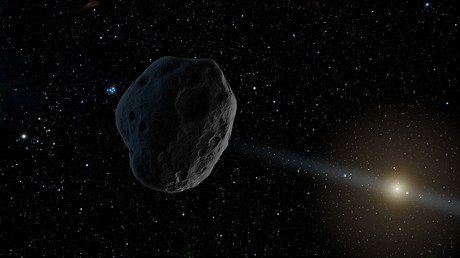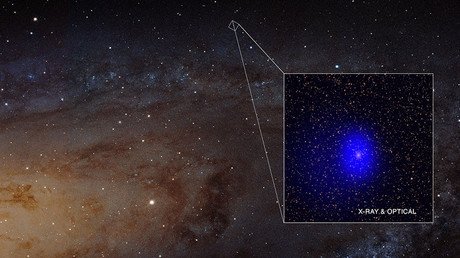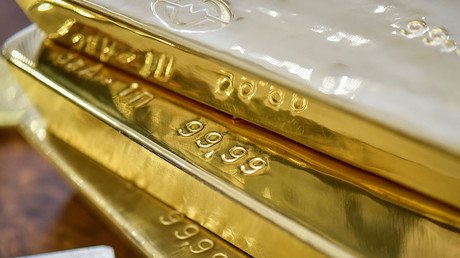Origins of gold discovered in space

In August 2017, an explosion was spotted by scientists in a previously obscure galaxy called NGC 4993. The observation of that cataclysmic explosion has helped to explain the origin of gold on Earth.
According to scientists, the burst of gravitational waves with tiny ripples in the fabric of space was an ultra-powerful collision between two neutron stars. Those collisions are in fact the cosmic forge in which gold and other precious metals are made, before being flung out into the universe.
“It was so exciting, the way we got the alert and found the light source corresponding to the gravitational waves,” Kate Maguire of Queen’s University Belfast told the Financial Times. She was one of more than 3,000 researchers around the world who took part in the project.
Maguire said they discovered that the debris from the stellar collision included gold during analysis of the different wavelengths of the explosion’s spectrum. The explosive collision between the neutron stars propelled glowing debris into space at 300 million kph – around one-third of the speed of light.
Researchers claim that, although the extreme velocity smears out the heavy metals, making it hard to identify individual elements, gold is undoubtedly there. “We estimate that the collision created about as much gold as the mass of the earth,” said Professor Andrew Levan of Warwick University, another leading member of the large band of astronomers analyzing the event.
This means that an Earth made of pure gold which is about six billion trillion (6,000,000,000,000,000,000,000) tons could have been fashioned from the debris of that one collision.
To compare, statistics show the total amount of gold extracted and used by humanity since the beginning of civilization is about 187,000 tons.
According to the US Geological Survey, the current global output from gold mines is believed to be around 3,100 tons per year.
Neutron star collisions occur only about once every 10,000 years in the Milky Way galaxy. Scientists, however, say that their conditions are so favorable to r-process nucleosynthesis (it creates elements like gold and platinum) that they are likely to be the main source of gold and other heavy elements.
“We can make enough gold in neutron star collisions to do away with supernovae as a source,” said Professor Levan. “We should find out for sure within the next two years. There are still big uncertainties.”
The initial neutron collision propels gold and other atoms into space at about 300 million kph as a glowing gas cloud, leaving a black hole behind at the site of the explosion.
“Over tens of thousands of years the cloud dissolves gradually into the interstellar medium, which will eventually create the next generation of stars,” said another member of the project, Professor Smartt from Queen’s University Belfast.
For more stories on economy & finance visit RT's business section
















